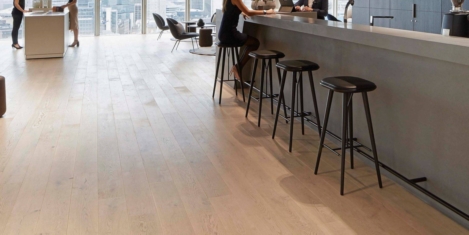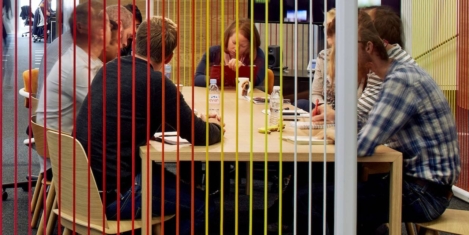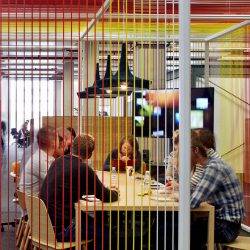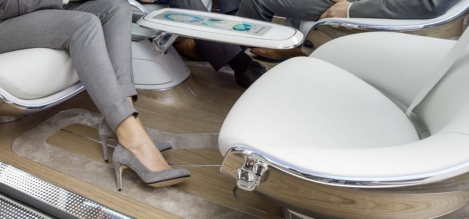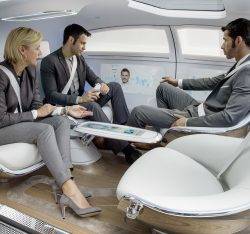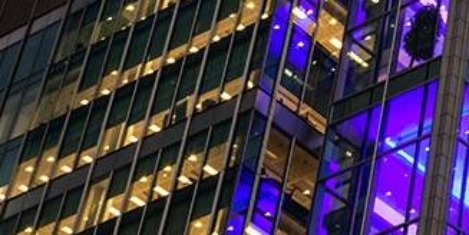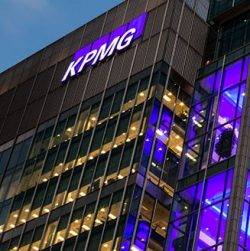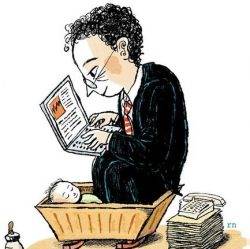January 11, 2017
Detoxify the workplace to improve employee wellbeing and productivity 0
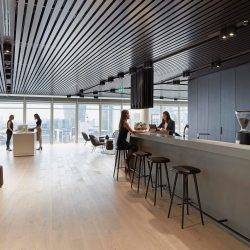 While most organisations recognise the importance of keeping their employees safe, not enough focus is being given to wellness, and those organisations that do not prioritise employee wellness and design their workplaces accordingly will lose talent and potentially face bottom line repercussions. This is according to AECOM, which is urging organisations to “detoxify” their work environments to improve employee wellbeing. With 9.9 million working days lost due to work-related stress, depression or anxiety in Great Britain in 2014/151, employees’ health and happiness can have a direct impact on business performance. Making improvements to the physical environment can help organisations create spaces and working cultures that encourage creativity, support wellbeing and increase job satisfaction. (more…)
While most organisations recognise the importance of keeping their employees safe, not enough focus is being given to wellness, and those organisations that do not prioritise employee wellness and design their workplaces accordingly will lose talent and potentially face bottom line repercussions. This is according to AECOM, which is urging organisations to “detoxify” their work environments to improve employee wellbeing. With 9.9 million working days lost due to work-related stress, depression or anxiety in Great Britain in 2014/151, employees’ health and happiness can have a direct impact on business performance. Making improvements to the physical environment can help organisations create spaces and working cultures that encourage creativity, support wellbeing and increase job satisfaction. (more…)





